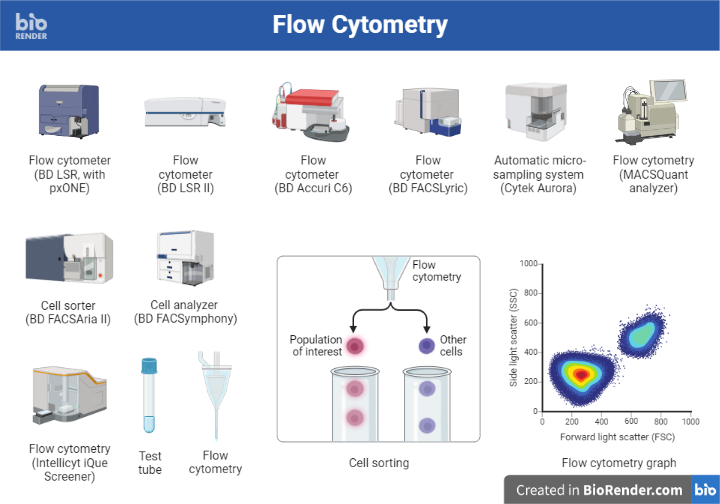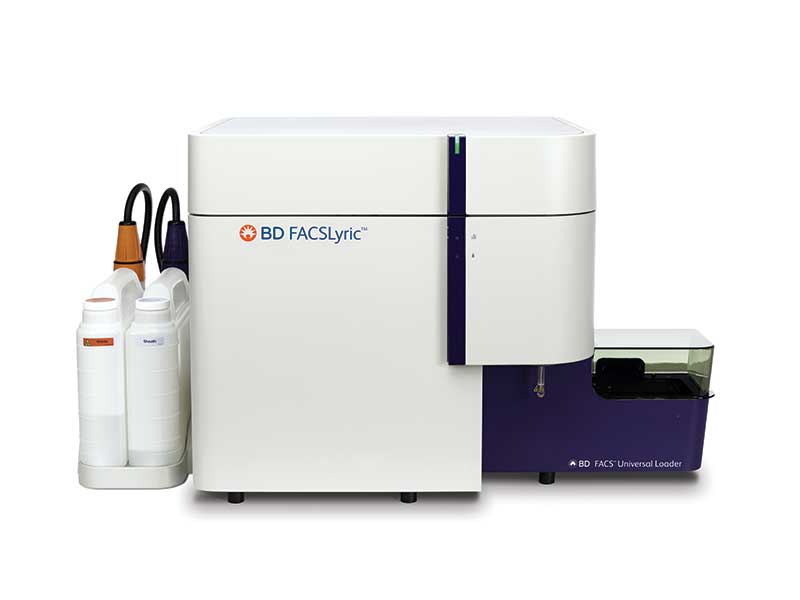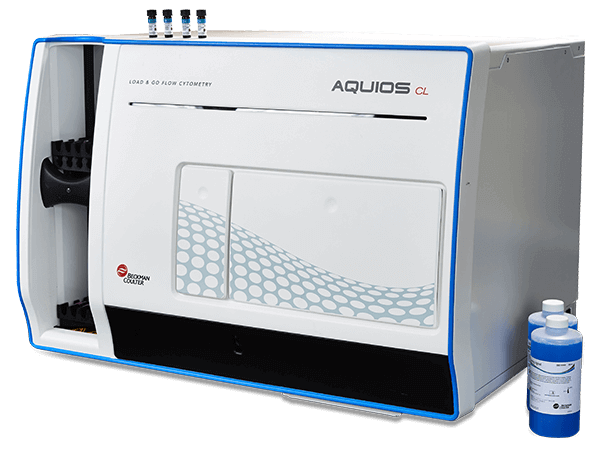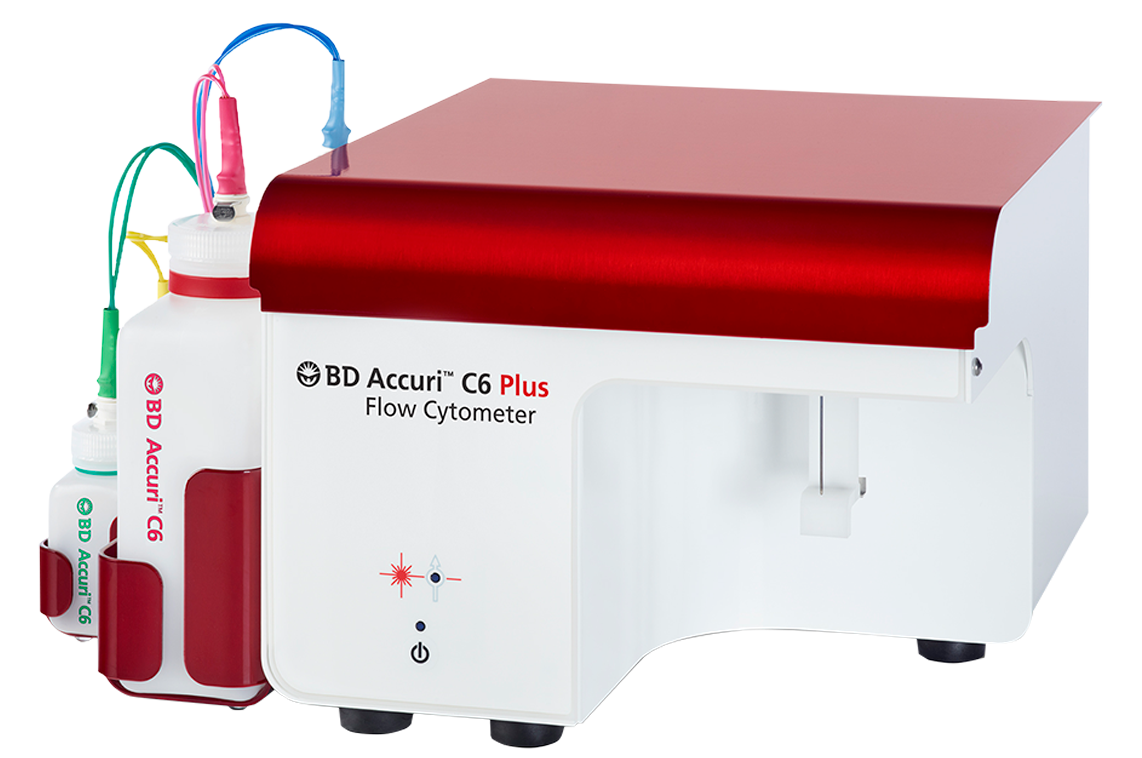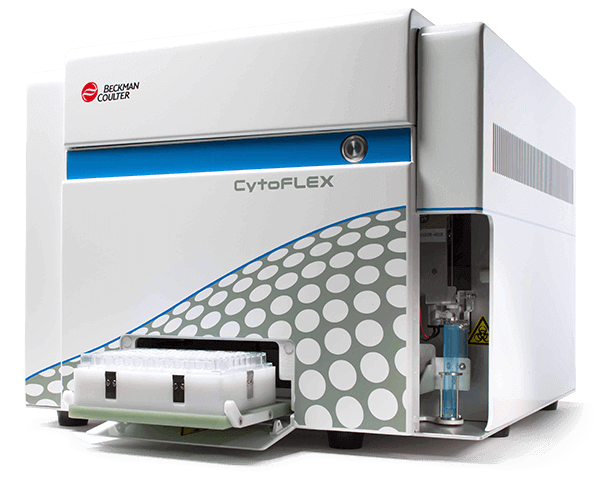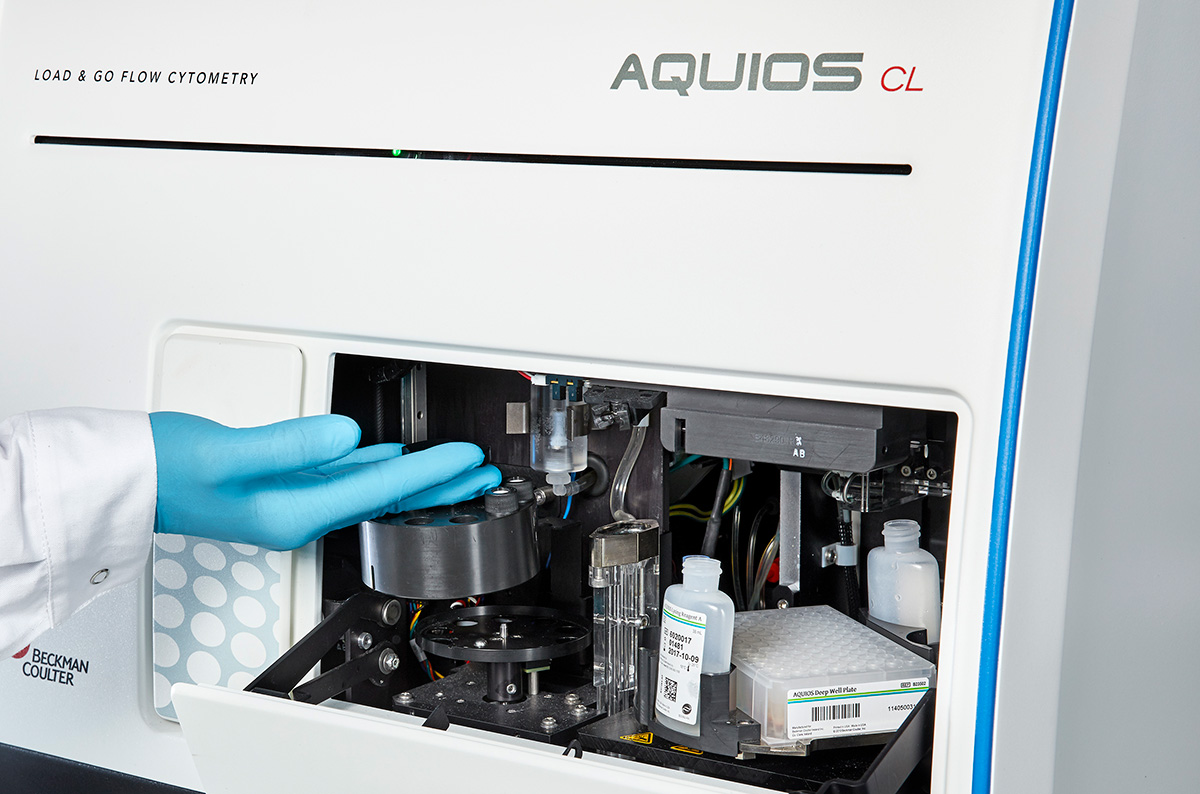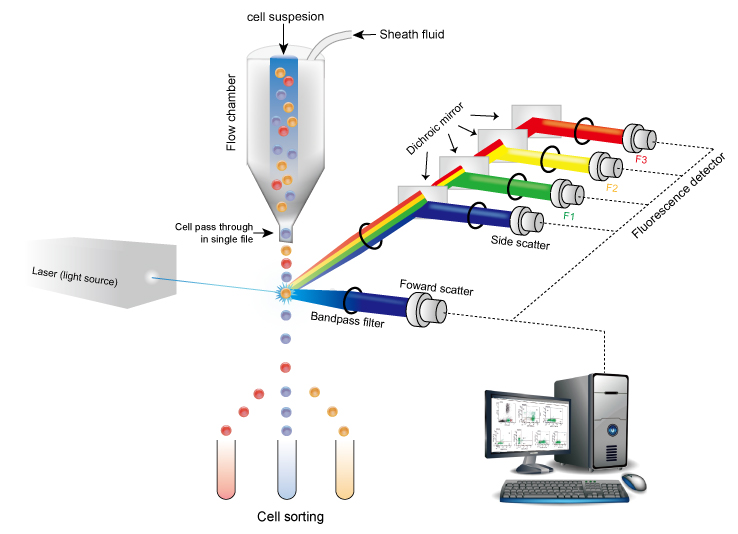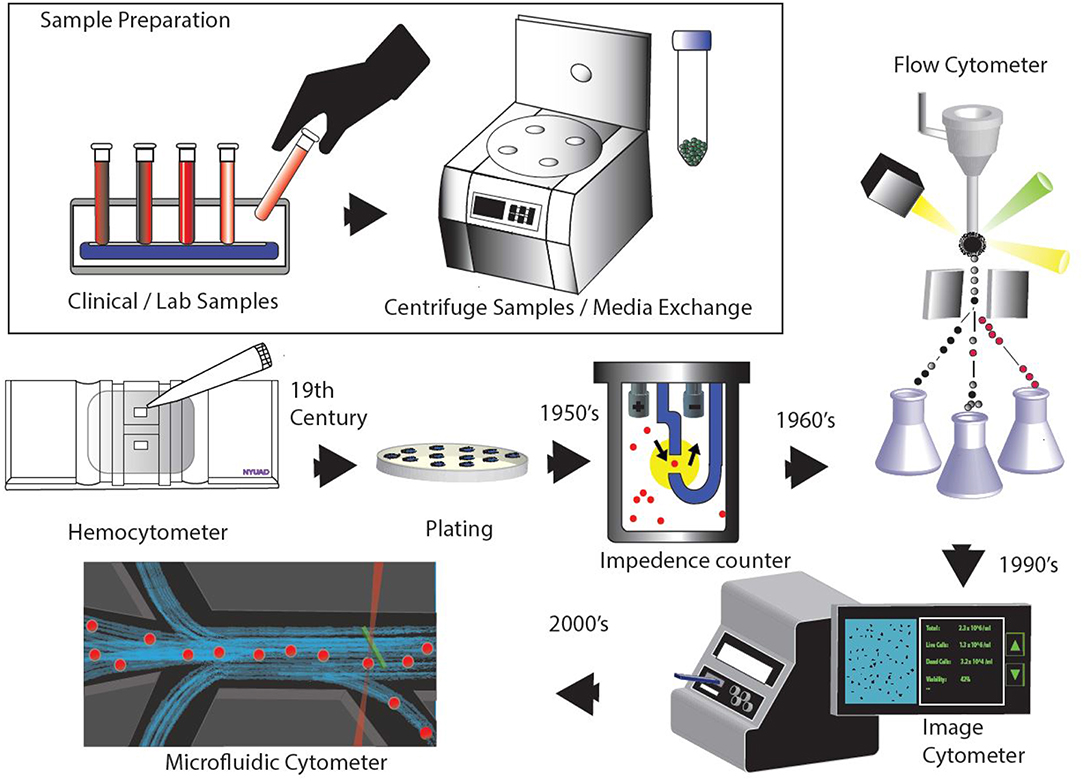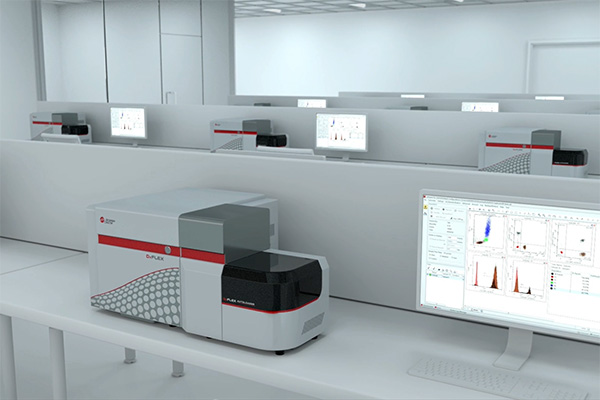Flow Cytometers Medical Devices Pipeline Product Analysis
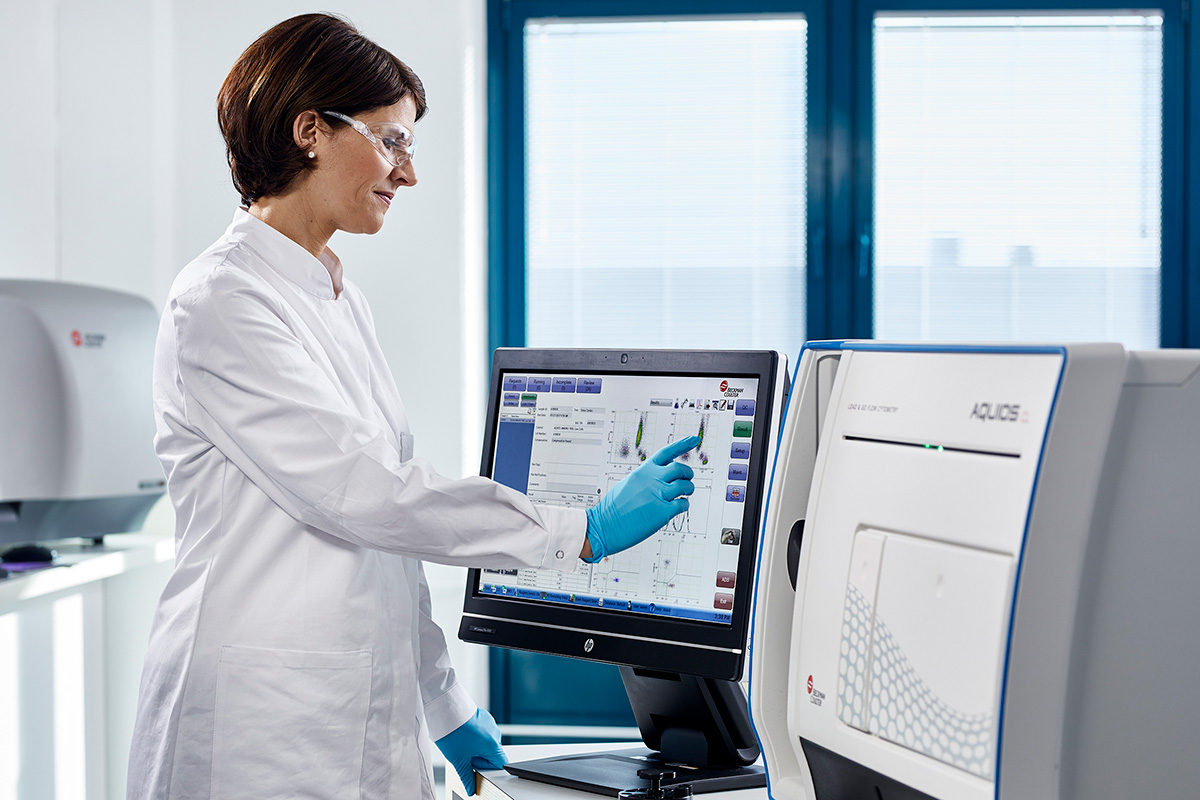
Imagine a bustling research lab, bathed in the soft hum of sophisticated machinery. A scientist, eyes gleaming with focused intensity, carefully loads a sample into a sleek, futuristic-looking device. Tiny cells, invisible to the naked eye, are about to embark on a high-speed journey through a laser beam, revealing secrets about their identity and health – all thanks to a marvel of modern medicine: the flow cytometer.
This article delves into the fascinating world of flow cytometry and its pivotal role in medical advancements. We will explore the current landscape of the flow cytometer medical device pipeline, analyzing key products, emerging trends, and the immense potential this technology holds for diagnostics, treatment monitoring, and drug discovery. Understanding the intricacies of this technology can lead to earlier diagnosis and better therapeutic interventions.
The Power of Cellular Analysis
Flow cytometry, at its core, is a technique used to analyze the physical and chemical characteristics of cells or other particles as they flow in a fluid stream through a laser beam. As each cell passes through the laser, it scatters the light and emits fluorescence, allowing researchers to gather a wealth of information about its size, shape, internal complexity, and the presence of specific proteins or molecules.
This data is then processed by sophisticated software to create detailed profiles of cell populations, enabling scientists and clinicians to identify and quantify different cell types, assess their health, and detect abnormalities. It’s a bit like having a highly sophisticated census taker for the microscopic world within our bodies.
A History of Innovation
The journey of flow cytometry began in the late 1960s with the pioneering work of Mack Fulwyler, who developed the first impedance-based cell sorter at Los Alamos National Laboratory. This early instrument laid the foundation for future advancements, paving the way for more sophisticated techniques like fluorescence-activated cell sorting (FACS).
Over the decades, flow cytometry has evolved dramatically, incorporating new lasers, detectors, and fluorescent dyes. These advancements enable the simultaneous analysis of multiple cellular parameters, enhancing the precision and versatility of the technology.
The Flow Cytometer Market: A Dynamic Landscape
The global flow cytometry market is currently experiencing significant growth, driven by factors such as the rising prevalence of cancer, infectious diseases, and autoimmune disorders. Increased investment in research and development, coupled with the growing adoption of flow cytometry in clinical diagnostics and drug discovery, is also fueling market expansion.
According to reports from credible market research firms, the global flow cytometry market is expected to reach billions of dollars in the coming years. This robust growth underscores the critical role of flow cytometry in modern healthcare and research.
Key Players and Product Innovations
Several major players dominate the flow cytometry market, including BD Biosciences, Thermo Fisher Scientific, Beckman Coulter (a Danaher company), and Bio-Rad Laboratories. These companies offer a diverse range of flow cytometers, reagents, and software solutions designed to meet the needs of various research and clinical applications.
BD Biosciences, for example, offers the FACSymphony™ series of flow cytometers, known for their high sensitivity and ability to detect a large number of parameters simultaneously. Thermo Fisher Scientific provides a comprehensive portfolio of flow cytometry instruments, including the Attune™ NxT Flow Cytometer, which is particularly well-suited for high-throughput screening.
Beckman Coulter offers the CytoFLEX LX, praised for its innovative optical design and ease of use. Bio-Rad Laboratories provides the ZE5 Cell Analyzer, known for its flexibility and customizable configurations.
Emerging Trends and Technologies
Several exciting trends are shaping the future of flow cytometry. One notable development is the increasing adoption of spectral flow cytometry, which utilizes the entire emission spectrum of fluorescent dyes to improve resolution and sensitivity.
Another trend is the integration of artificial intelligence (AI) and machine learning (ML) into flow cytometry data analysis. AI-powered software can automate the gating process, identify rare cell populations, and uncover hidden patterns in complex datasets, accelerating research and improving diagnostic accuracy. The possibilities seem endless.
Clinical Applications: Transforming Healthcare
Flow cytometry has revolutionized the diagnosis and monitoring of various diseases. In hematology, it is used to diagnose leukemia, lymphoma, and other blood disorders by identifying abnormal cell populations and assessing their characteristics.
In immunology, flow cytometry plays a crucial role in monitoring immune cell function in patients with HIV, autoimmune diseases, and transplant recipients. It is also used to assess the efficacy of immunotherapies and vaccines. It aids clinicians in understanding patient responses to a variety of interventions.
Drug Discovery and Development
Flow cytometry is an indispensable tool in drug discovery and development. It is used to screen potential drug candidates, assess their effects on cells, and identify biomarkers that predict drug response. This accelerates the drug development process and improves the chances of bringing effective therapies to market.
For example, flow cytometry can be used to measure the expression of drug targets on cells, assess the cytotoxicity of drug candidates, and monitor the immune response to new therapies. It offers a powerful and efficient means of evaluating potential treatments before they even reach the clinical trial stage.
Challenges and Opportunities
Despite its numerous advantages, flow cytometry also faces certain challenges. One challenge is the complexity of data analysis, which requires specialized expertise and sophisticated software.
"Standardization of protocols and data reporting is essential to ensure the reliability and reproducibility of flow cytometry results," according to a recent statement from the International Society for Advancement of Cytometry (ISAC).
However, these challenges also present opportunities for innovation. The development of user-friendly software, automated data analysis tools, and standardized protocols will make flow cytometry more accessible to a wider range of researchers and clinicians.
The Future of Flow Cytometry: A Glimpse into Tomorrow
The future of flow cytometry is bright, with continued advancements in technology and applications. Imagine a future where flow cytometers are smaller, more portable, and more affordable, making them accessible to point-of-care settings and resource-limited environments.
Consider the possibilities of integrating flow cytometry with other advanced technologies, such as microfluidics and single-cell sequencing, to gain even deeper insights into cellular biology. These advancements could transform the way we diagnose and treat diseases, leading to more personalized and effective therapies.
As we stand on the cusp of new breakthroughs, one thing is clear: flow cytometry will continue to play a vital role in advancing medical knowledge and improving human health. From the lab bench to the bedside, this powerful technology is empowering scientists and clinicians to unlock the secrets of the cell, paving the way for a healthier future for all. The journey has just begun.
